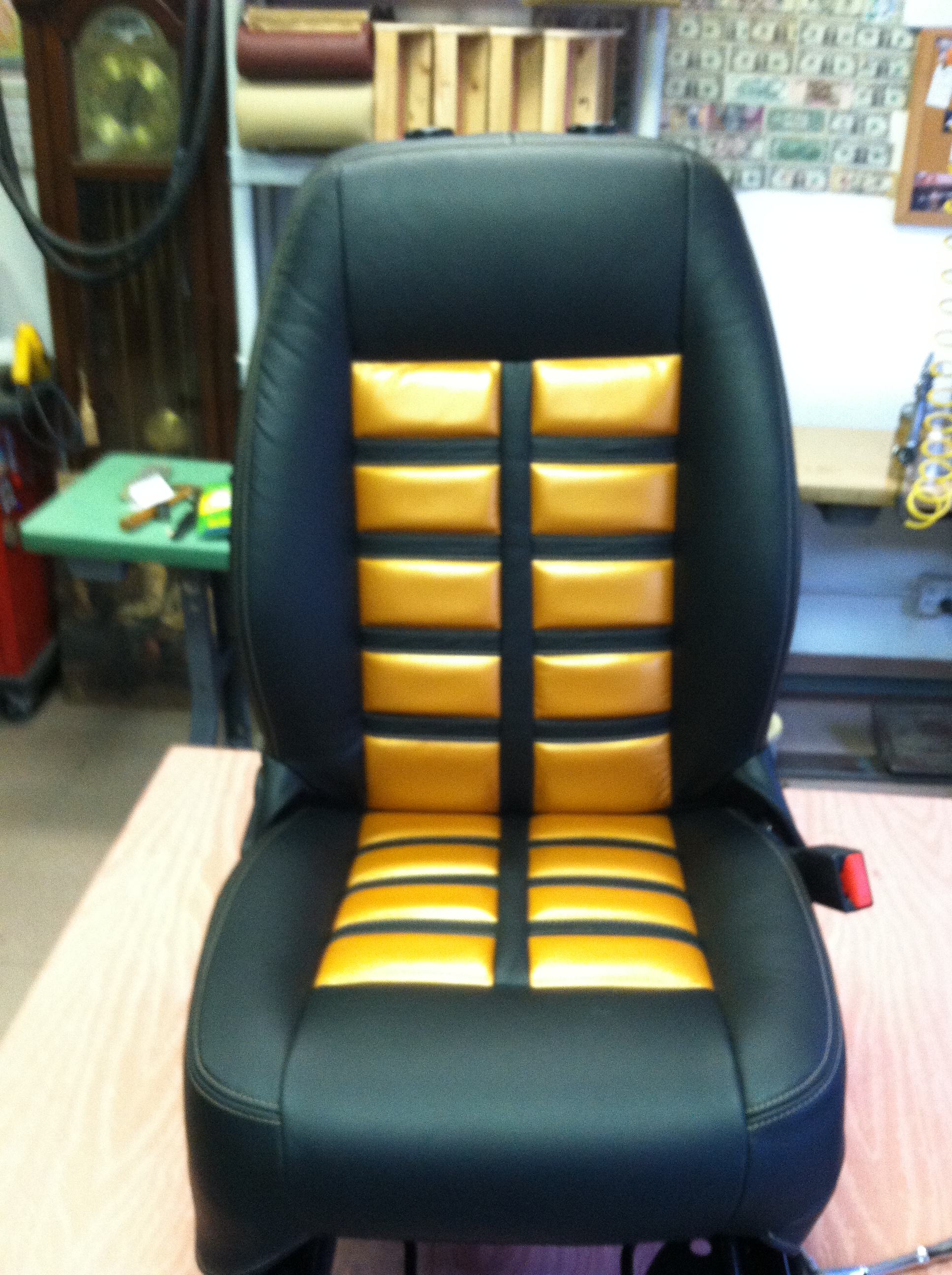Revitalize Your Precious Furnishings with Professional Upholstery Repair
Revitalize Your Precious Furnishings with Professional Upholstery Repair
Blog Article
The Ultimate Overview to Upholstery Repair Service Methods
In the world of furnishings maintenance, the art of furniture fixing is a skill that can rejuvenate damaged items and protect cherished valuables. As we browse the world of upholstery repair strategies, we run into a myriad of strategies that can change a weary couch or chair into a revitalized focal point of a room. From assessing the damages to meticulously repairing rips and openings, each action in the process holds the vital to restoring furniture to its previous glory. Stay tuned as we unwind the intricacies of this craft and introduce the secrets to understanding furniture repair service methods that will boost your furnishings reconstruction ventures.
Assessing Furniture Damages
When examining upholstery damage, it is vital to perform a thorough evaluation to properly determine the degree of the issues existing. This initial step is critical in developing a thorough repair plan that resolves all elements of the damages efficiently. Begin by visually checking the furniture for any visible tears, splits, stains, or discoloration. Make note of the location and size of each imperfection as this info will certainly guide the repair work procedure.
Next, evaluate the underlying framework of the upholstery to look for any damages to the structure, springtimes, or cushioning. In some cases, the damage may not be instantly visible on the surface yet can dramatically affect the general integrity of the upholstery. By completely checking out both the external furniture and interior components, you can make certain that all problems are recognized and suitably dealt with during the repair service process.
Additionally, consider the kind of furniture product utilized as different textiles and leathers might require specific repair work strategies. upholstery repair. Understanding the product properties will assist in selecting one of the most suitable fixing approaches and items to achieve ideal outcomes
Vital Devices and Products
To successfully conduct furniture repairs, having the appropriate tools and materials is vital for accomplishing specialist results. Crucial tools for upholstery repair work consist of a staple gun for protecting textile, upholstery needles and string for stitching, scissors for cutting material, a rubber club for tapping in furniture parts, and pliers for eliminating old staples and nails. In addition, having a textile marker for detailing patterns, a seam ripper for ruin seams, and a hot glue weapon for fast fixes can be beneficial. Materials such as upholstery material, foam batting, webbing, and padding are important for changing damaged parts. It is likewise crucial to have a range of upholstery tacks, nails, and staples available for protecting textile and trim. Adhesives like fabric glue or spray adhesive work for specific repair services. By ensuring you have the required tools and materials before beginning a furniture repair service task, you can function successfully and effectively to bring back furnishings to its former magnificence.
Preparing the Furniture Surface Area
Prep work of the furniture surface area is a critical first action in guaranteeing the successful end result of any type of furniture repair work job. Prior to beginning any kind of repair, it is important to completely clean the furnishings surface to eliminate dirt, dirt, and any kind of other particles that might conflict with the adhesion of new materials. This can be done making use of a vacuum, a soft brush, or a wet towel, relying on the sort of furniture and the degree of dust present.
As soon as the surface area is tidy, any type of broken or loose furniture fabric, cushioning, or springtimes ought to be meticulously gotten rid of. This action is essential to make certain that the new materials stick securely and that the repaired furniture keeps a smooth and professional look. In addition, any type of old staples or tacks need to be taken out, these details and the surface needs to be evaluated for any structural damages that might need to be dealt with before waging the repair work.

Repairing Splits and Holes
After ensuring the furniture surface is without dirt, dust, and debris and eliminating any type of broken or loosened upholstery materials, the next action in furniture repair entails attending to splits and holes in the textile. Fixing rips and openings in upholstery can assist extend the life of your furniture and recover its visual charm. One common method for repairing small splits and holes is by utilizing a needle and string to stitch the sides of the broken location back together. For bigger splits or holes, a spot of material can be used to cover and reinforce the broken section (upholstery repair). Fabric adhesive or adhesive can additionally be made use of to protect the patch in position. It is crucial to very carefully match the color and appearance of the spot material to the original upholstery for a smooth repair. As soon as the tear or hole is fixed, make certain that the area is appropriately cleaned and dried out before making use of the furniture once more to stop any further damages.
Removing Spots and Smells
Dealing with persistent discolorations and sticking around odors in upholstery calls for a targeted and complete method to ensure effective reconstruction of the material's appearance and quality. Discolorations can be brought on by numerous compounds such as food spills, pet crashes, or beverage problems, while odors often come from smoke, pet dander, or spills passing through the furniture fibers. To take on discolorations, it is vital to identify the kind of discolor very first to apply the suitable cleaning service. For water-based spots, blotting with a mix of moderate detergent and water can be reliable, while oil-based discolorations might call for a solvent-based cleanser. Odors, on the various other hand, demand a much deeper cleansing process that includes reducing the effects of the source of the odor as opposed to concealing it. Making use of baking soda or specialized furniture deodorizers can aid get rid of odors efficiently. In some cases, specialist cleaning company may address be needed for serious spots and odors that continue in spite of natural remedy. Regular upkeep and timely attention to spills can assist in stopping ingrained stains and smells, protecting the upholstery's problem.

Final Thought
Finally, mastering upholstery fixing methods needs cautious analysis of damages, making use of important tools and materials, proper preparation of the furniture surface, and the skillful repair service of rips, odors, holes, and spots. By following these steps, individuals can properly prolong the life and restore of their furniture.

Vital tools for upholstery fixing consist of a staple gun for securing material, upholstery needles and thread for sewing, scissors for cutting fabric, a rubber club for tapping in furniture elements, and pliers for eliminating old staples and nails. By guaranteeing you have the needed tools and products prior to starting a furniture repair service job, you can work efficiently and successfully to restore furniture to its previous magnificence.
Preparation of the furnishings surface is an essential first step in ensuring the pop over to this web-site effective outcome of any kind of upholstery fixing job.After ensuring the furniture surface area is totally free of dust, particles, and dirt and removing any broken or loose furniture materials, the following step in furniture fixing involves attending to rips and holes in the material - upholstery repair. Fixing tears and holes in furniture can help extend the life of your furnishings and restore its aesthetic allure
Report this page